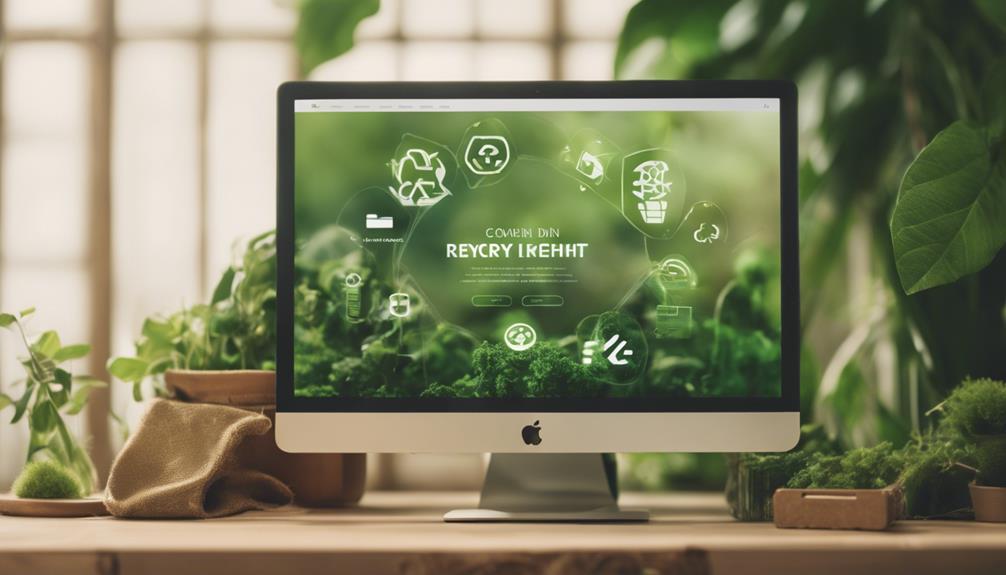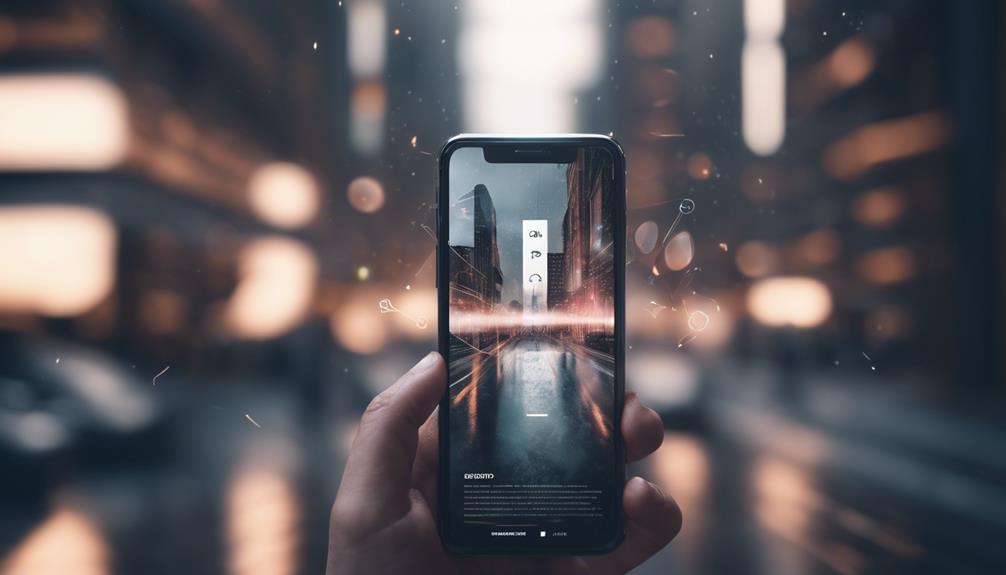As the digital landscape continues to evolve, web design trends for 2024 are shaping up to be both innovative and transformative.
From incorporating cutting-edge design elements to enhancing user experiences through advanced strategies, the upcoming year holds promise for web design companies seeking to stay ahead of the curve.
With a focus on personalized AI integration and an emphasis on accessibility and inclusivity, the future of web design looks to be more user-centric and engaging.
Additionally, the integration of 3D and AR technologies and the adoption of sustainable practices are set to redefine the way websites are created and experienced.
Innovative Design Elements

In the realm of web design for 2024, innovative design elements are poised to redefine the digital landscape with their cutting-edge aesthetic and functionality. Creative web design agencies are at the forefront of this revolution, incorporating the latest web design trends to create visually stunning and user-friendly websites.
One of the key innovations in web design for 2024 is the use of 3D elements to add depth and interactivity to websites. By integrating 3D graphics and animations, websites are becoming more engaging and immersive, providing users with a unique browsing experience. Additionally, dark mode themes are gaining popularity, offering a sleek and modern aesthetic while reducing eye strain and improving battery life for users.
Moreover, micro-interactions and scroll-triggered animations are being leveraged to enhance user engagement and create a more dynamic browsing experience. These subtle yet impactful design elements help guide users through the website and encourage interaction, ultimately improving user retention and conversion rates.
Advanced User Experience Strategies
With a focus on enhancing user satisfaction and engagement, web design companies are increasingly implementing advanced user experience strategies to elevate the overall browsing experience. Incorporating UI web design and UX web design principles is crucial in creating websites that are both visually appealing and easy to navigate.
UI web design focuses on the aesthetic aspects of the website, such as layout, color schemes, and typography, while UX web design delves into the overall usability and functionality of the site, ensuring a seamless and enjoyable user experience.
Personalized AI Integration

The integration of personalized artificial intelligence (AI) into web design practices is revolutionizing how companies tailor user experiences on their websites. AI web design enables the creation of dynamic, personalized content based on user behaviors, preferences, and demographics. By leveraging web design AI, companies can deliver tailored recommendations, content suggestions, and interactive elements that resonate with individual users, ultimately enhancing engagement and driving conversions.
Web design AI algorithms analyze user data in real-time to predict and present relevant content, products, or services, creating a more personalized and intuitive user experience. This level of personalized AI integration allows companies to automate website customization at scale, providing users with unique and targeted interactions that lead to increased satisfaction and loyalty.
Incorporating personalized AI integration into web design strategies empowers companies to stay competitive in a digital landscape where user experience plays a crucial role in achieving business objectives. By harnessing the power of AI in web design, businesses can deliver truly personalized experiences that drive user engagement and ultimately contribute to their bottom line.
Emphasis on Accessibility and Inclusivity
As web design continues to evolve with personalized AI integration, a growing emphasis is being placed on accessibility and inclusivity, ensuring that websites cater to a diverse range of users. Web design companies are recognizing the importance of creating digital experiences that are accessible to all individuals, including those with disabilities. This shift towards inclusivity involves implementing features such as alternative text for images, keyboard navigation options, and color contrast adjustments to accommodate users with visual impairments.
Incorporating accessibility features not only makes websites more user-friendly but also helps businesses reach a wider audience and improve their overall reputation. Web design companies are increasingly integrating accessibility standards into their design processes from the initial stages of development. By prioritizing accessibility, companies can demonstrate their commitment to inclusivity and provide a positive user experience for all visitors. Moving forward, the focus on accessibility is expected to remain a key trend in the web design industry, driving innovation and pushing companies to create more inclusive online environments.
Sustainable Web Design Practices

Incorporating sustainable practices into web design processes is becoming increasingly essential in the digital landscape of 2024.
Sustainable web design involves creating websites that prioritize environmental responsibility, energy efficiency, and overall sustainability throughout the web design development process.
Web design firms are recognizing the importance of integrating sustainable approaches to reduce the environmental impact of websites. This includes optimizing website performance to minimize energy consumption, using eco-friendly hosting services, and designing with a focus on longevity and recyclability.
Integration of 3D and AR Technologies
Integrating 3D and AR technologies into web design processes enhances user engagement and creates immersive online experiences. These innovative technologies are revolutionizing the digital landscape by offering dynamic visual elements that captivate users. 3D technologies allow for the creation of interactive and lifelike graphics, enhancing product showcases and website aesthetics.
On the other hand, AR technologies overlay virtual elements onto the real world, providing users with interactive experiences directly on their screens.
Web design trends are increasingly incorporating 3D and AR technologies to provide a more interactive and engaging user experience. By integrating these tools, websites can offer virtual tours, interactive product demonstrations, and personalized shopping experiences. Users can visualize products in a realistic manner, try virtual fitting rooms, or even see how furniture looks in their own living spaces through augmented reality.
Frequently Asked Questions
How Can Web Design Companies Ensure Their Designs Are Inclusive for Individuals With Disabilities?
To ensure designs are inclusive for individuals with disabilities, web design companies should prioritize accessibility features like alt text for images, proper color contrast, keyboard navigation, and screen reader compatibility. Regular accessibility audits and user testing are also essential.
What Are Some Examples of Personalized AI Integration in Web Design?
Personalized AI integration in web design leverages user data to create tailored experiences. Examples include dynamic content recommendations based on browsing history, chatbots for personalized customer support, and AI-driven layout adjustments for optimal user engagement.
How Do Web Design Companies Prioritize Sustainability in Their Practices?
Web design companies prioritize sustainability by incorporating eco-friendly practices like using renewable energy sources, reducing carbon footprint, and optimizing website performance for energy efficiency. Sustainable web hosting, minimalistic design, and ethical sourcing are key elements.
What ARe Some Challenges Faced When Integrating 3D and AR Technologies Into Web Design?
Integrating 3D and AR technologies into web design poses challenges like optimizing performance across devices, ensuring seamless user experiences, and overcoming compatibility issues with older hardware. Web designers must balance innovation with practicality to create impactful designs.
How Can Web Design Companies Measure the Success of Their Advanced User Experience Strategies?
Web design companies can measure success of advanced user experience strategies by analyzing metrics like conversion rates, bounce rates, time on site, and user feedback. A comprehensive approach involving data-driven insights and user-centric evaluation is essential.








